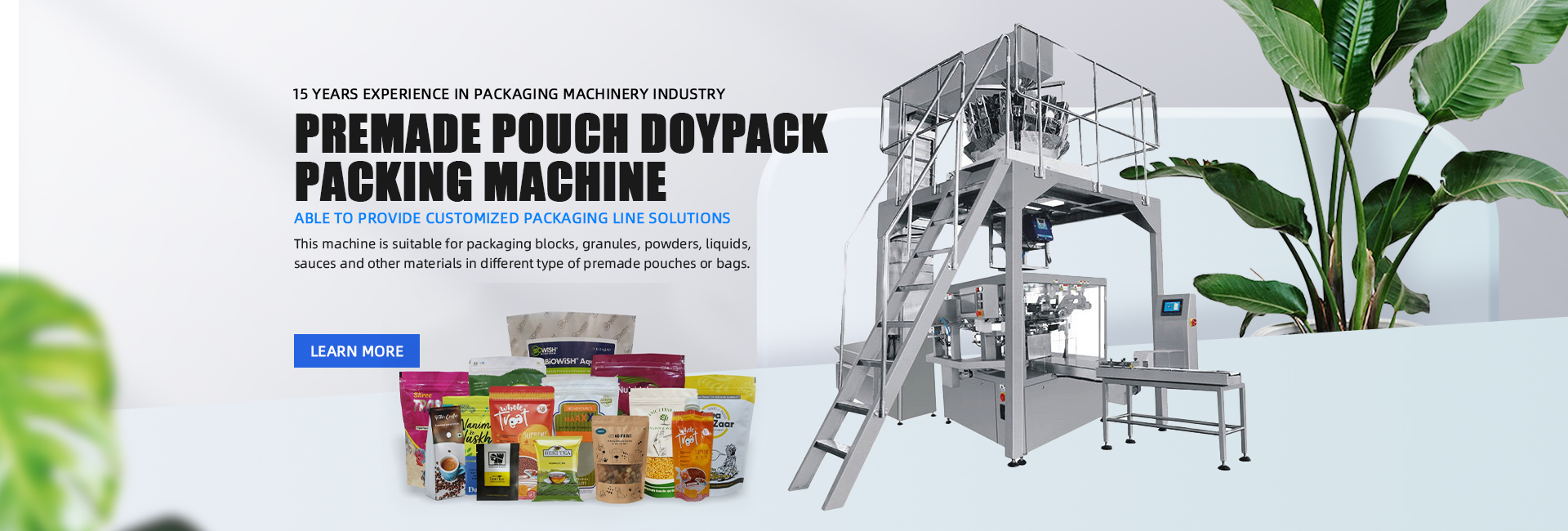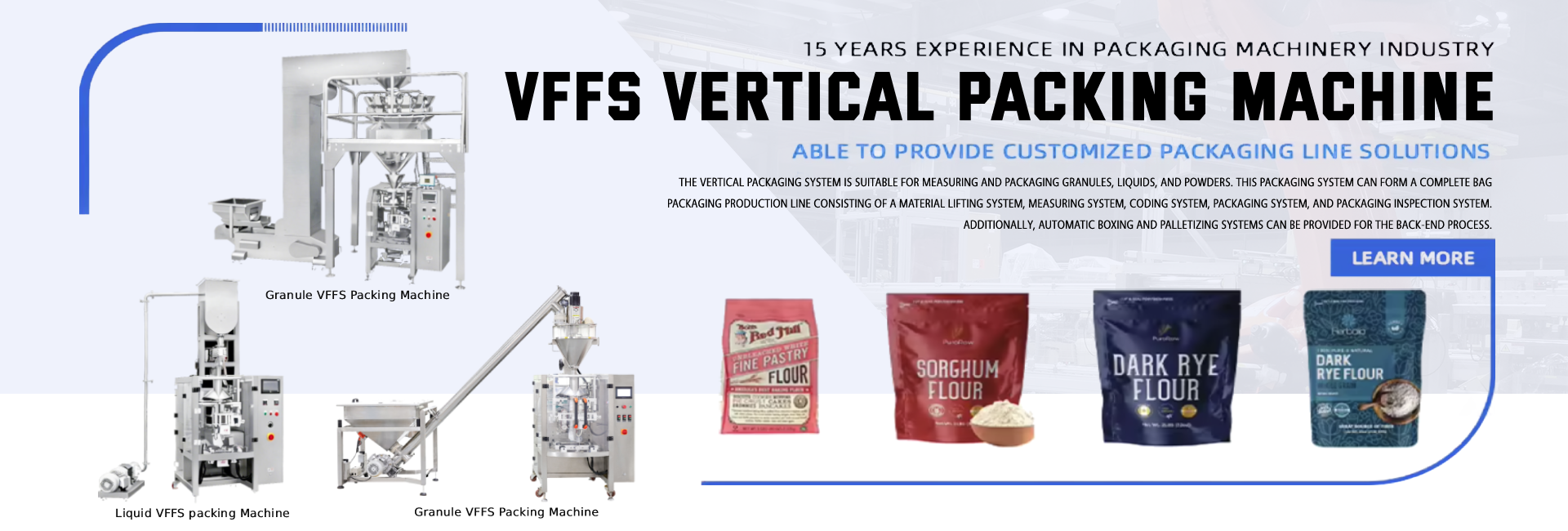Big Vertical Packing Machine Factory Direct Supply
2026-01-08
Big Vertical Packing Machine: High-efficiency and precisely controllable output, flexibly adjustable from 30-60 bags per minute to meet different batch production needs; no middlemen markup, factory direct price hits the bottom line, reducing procurement costs by over 30% Big Vertical Packing ...
View More
Automatic Carton Erector Machine: Efficient Case Packer for Beverage & Pharmaceutical Lines
2026-01-04
I. Core Applicable ScenariosFood processing production lines, beverage & canned food packaging lines, e-commerce & courier warehousing and sorting centers, daily chemical product packaging workshops, pharmaceutical & health product compliant packaging lines, hardware & building materials bulk ...
View More
Automatic Case Erector: Boost Packaging Efficiency for Your Production Line
2025-12-26
Upgrade your packaging workflow with our high-speed automatic case erector—ideal for food, e-commerce, and logistics industries. Reduce labor costs & ensure consistent box unpacking. Introduction In high-demand manufacturing and warehousing environments, manual box opening is a bottleneck that slows ...
View More
Automatic Palletizing Robot Compatible Production Lines: Wide Application Across Industries
2025-12-21
Fully automatic palletizing robots have become indispensable intelligent equipment in modern production lines, significantly improving stacking efficiency, reducing labor costs, and ensuring stacking accuracy. With strong adaptability, they are widely compatible with production lines in multiple ...
View More
Dedicated to Dried Fruit and Nut Processing Plants: Application Advantages and Solutions of Pouch Packaging Machines
2025-12-07
In the dried fruit and nut processing industry, the packaging stage not only affects production efficiency but also directly relates to product freshness and brand image. Pouch packaging machines, with their core advantages of strong adaptability to pre-made bags, precise metering, and reliable ...
View More




